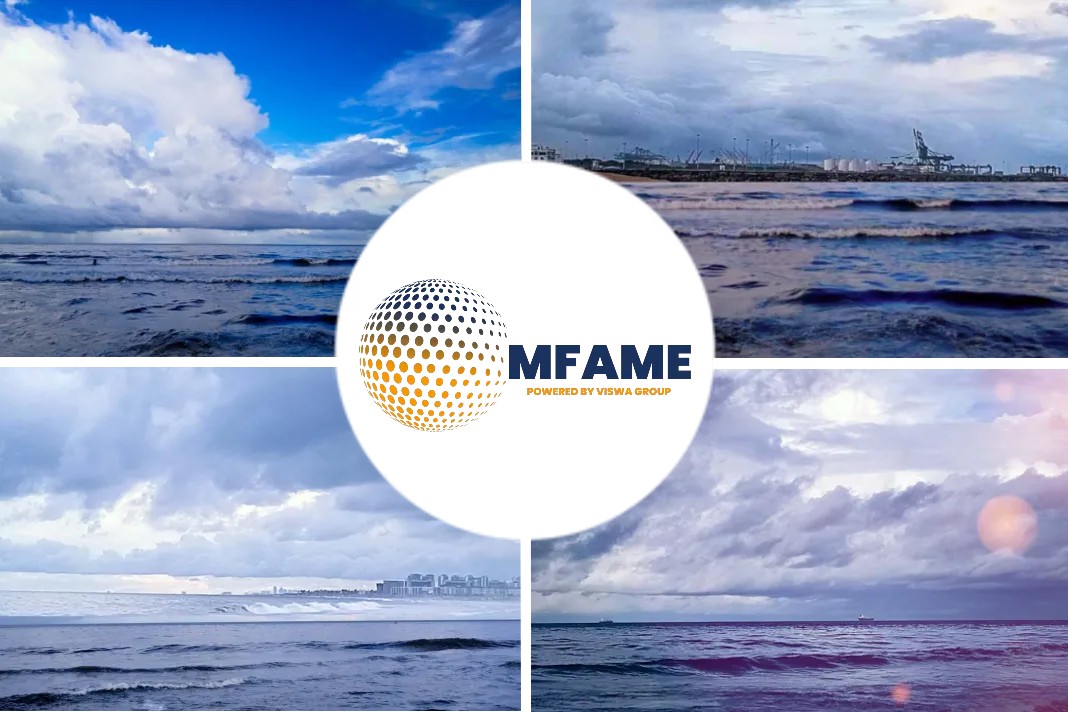When enough is enough: why BW Fleet Management switched to non-jacketed mooring ropes made with Dyneema® SK78
At what point do you say “Enough?”
For BW Fleet Management, that moment came when seven mooring lines failed on one of its vessels during a berthing operation in Spain.
An industry-wide mooring challenge
The failure was the latest and worst in a series of ongoing problems involving jacketed HMPE mooring ropes. Moreover, BW Fleet Management (BW FM), part of BW Group, wasn’t alone as other LNG operators were seeing the same safety and operational efficiency issues.
BW FM therefore contacted specialist rope manufacturer Samson to investigate why the HMPE ropes were breaking. The conclusion: the problem was with the jackets. Jacketed lines are meant to protect the load-bearing rope core against abrasion, cutting and wear. But what is meant to be an extra safety feature makes it hard to inspect rope cores on the fly. The result is that the jacket can hide internal damage that could lead to line failure under load.
Safer with non-jacketed mooring ropes
Based on the findings, BW FM decided on a radical step: it would replace every jacketed HMPE mooring rope with non-jacketed ones. The company felt this was the best way to ensure the safety of its vessels and crews. A solution that on paper appeared to offer less protection against rope failure would actually provide greater safety and operational efficiency.
BW FM opted for Samson’s non-jacketed, single-braid 12-strand AmSteel®-Blue mooring lines that are made with Dyneema® SK78, from DSM Dyneema. Dyneema® SK78 is typically used in applications where lightweight strength plus resistance to abrasion, bending performance, resistance to compression fatigue or resistance to creep are needed. In the case of BW FM, the primary requirements were abrasion resistance, resistance to bending fatigue and creep resistance.
Retaking control of rope condition
Noting the importance of safety and reliability to his business, Olav Lyngstad, BW FM’s head of LNG/FSRU and supporting departments, says: “With the jacketed mooring lines, we lost control over the lines’ condition. One of the many advantages of the Samson 12-strand lines is that we can visually monitor them on an ongoing basis, allowing for better decision-making when lines need to be changed out or repaired, to maintain the security of our moorings.”
Even better, in the first two years, the vessels that switched to Samson AmSteel®-Blue ropes made with Dyneema® saw “no incidents in any port, any place in the world”, says Mr Lyngstad.
That’s more than 1,500 hours of service, on average, with no damage to the mooring lines.
Did you subscribe for our daily newsletter?
It’s Free! Click here to Subscribe!
Source: LNG World Shipping
























